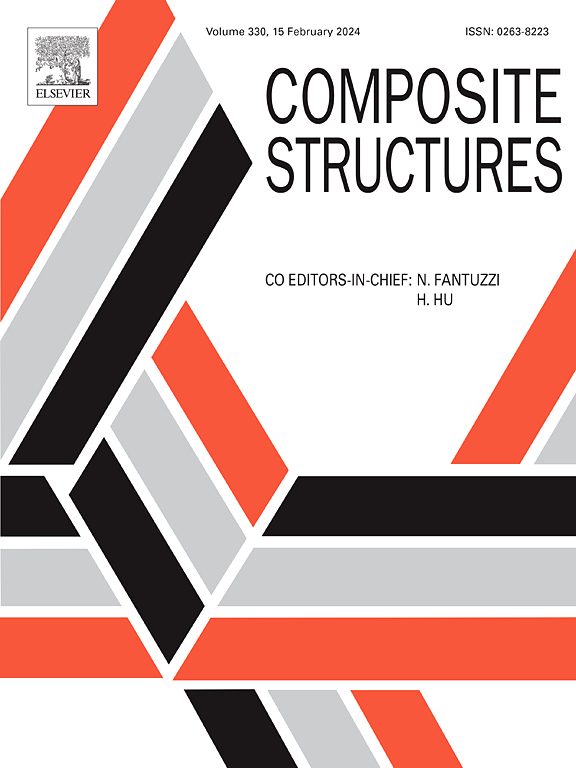Microstructure formation and friction and wear properties of WC steel matrix configuration composites with different matrices
IF 6.3
2区 材料科学
Q1 MATERIALS SCIENCE, COMPOSITES
引用次数: 0
Abstract
The impact of diverse matrices on the microstructure and friction wear characteristics of WC matrix composites has been the subject of investigation. In this study, three types of WC matrix composites with different matrices compositions were prepared using the casting infiltration method. The matrices employed were high manganese steel, high chromium cast iron, and high carbon steel. The microstructure and phase composition of the WC steel composites with different matrices have been investigated using a range of analytical techniques, including scanning electron microscopy (SEM), energy spectroscopy (EDS), X-ray diffraction (XRD), electron backscatter diffraction (EBSD) and field transmission electron microscopy (HRTEM). This paper presents the findings of an investigation into the friction and wear properties of different matrices WC steel matrix composites. The high manganese steel sample is primarily composed of α-Fe, Fe3W3C, and Cr7C3, while the high chromium cast iron and high carbon steel specimen are predominantly constituted by α-Fe, Fe6W6C, and Cr7C3. The Fe6W6C phase formed in the high carbon steel sample exhibits both [1, 1, −1] and [-1,1–6] as the zone axis. The hardness, friction coefficient and wear rate of the high carbon steel samples were superior, with values of 751.13 HV, 0.60 and 10.31*10-5mm3/(N*m) respectively. Under identical conditions, the wear resistance is fourfold that of the high manganese steel sample and 70 % that of the high chromium cast iron sample. The superior wear resistance of the high carbon steel specimen is likely attributable to the distinctive shape and orientation of the Fe6W6C composite zone.
求助全文
约1分钟内获得全文
求助全文
来源期刊

Composite Structures
工程技术-材料科学:复合
CiteScore
12.00
自引率
12.70%
发文量
1246
审稿时长
78 days
期刊介绍:
The past few decades have seen outstanding advances in the use of composite materials in structural applications. There can be little doubt that, within engineering circles, composites have revolutionised traditional design concepts and made possible an unparalleled range of new and exciting possibilities as viable materials for construction. Composite Structures, an International Journal, disseminates knowledge between users, manufacturers, designers and researchers involved in structures or structural components manufactured using composite materials.
The journal publishes papers which contribute to knowledge in the use of composite materials in engineering structures. Papers deal with design, research and development studies, experimental investigations, theoretical analysis and fabrication techniques relevant to the application of composites in load-bearing components for assemblies, ranging from individual components such as plates and shells to complete composite structures.
 求助内容:
求助内容: 应助结果提醒方式:
应助结果提醒方式:


